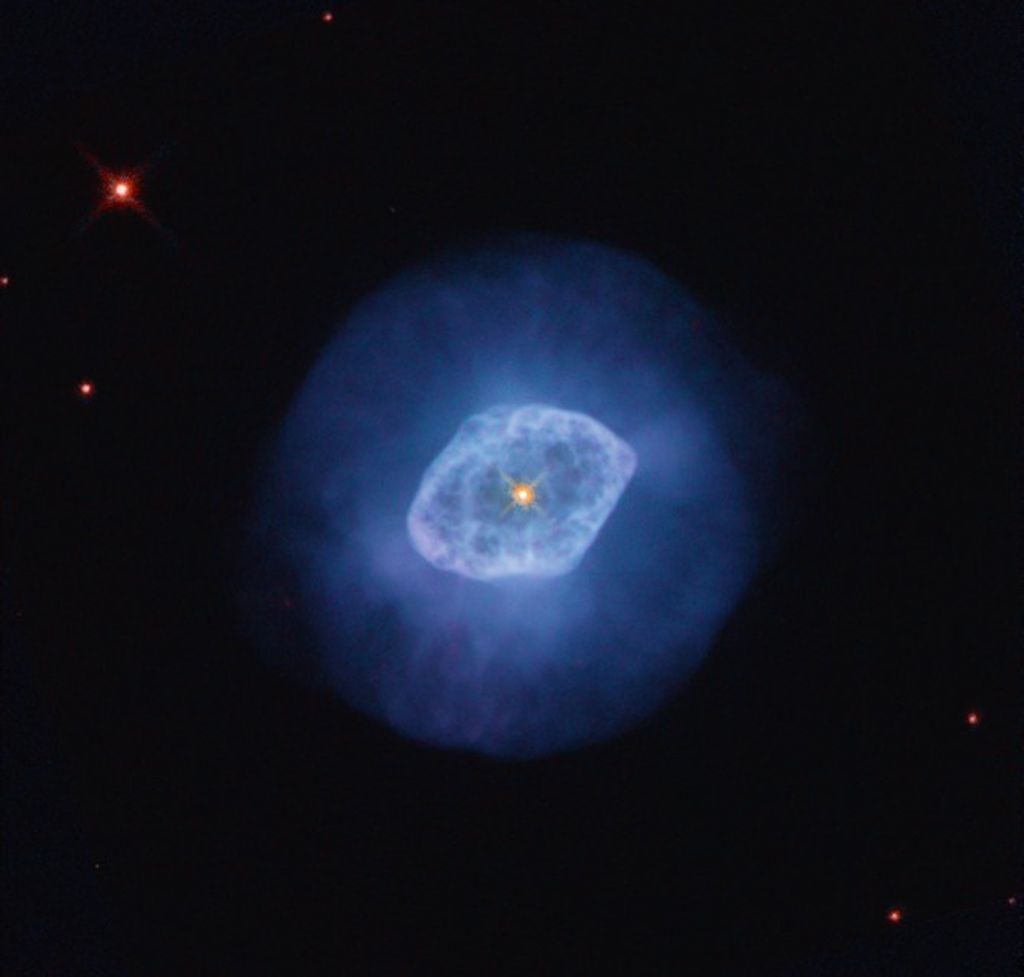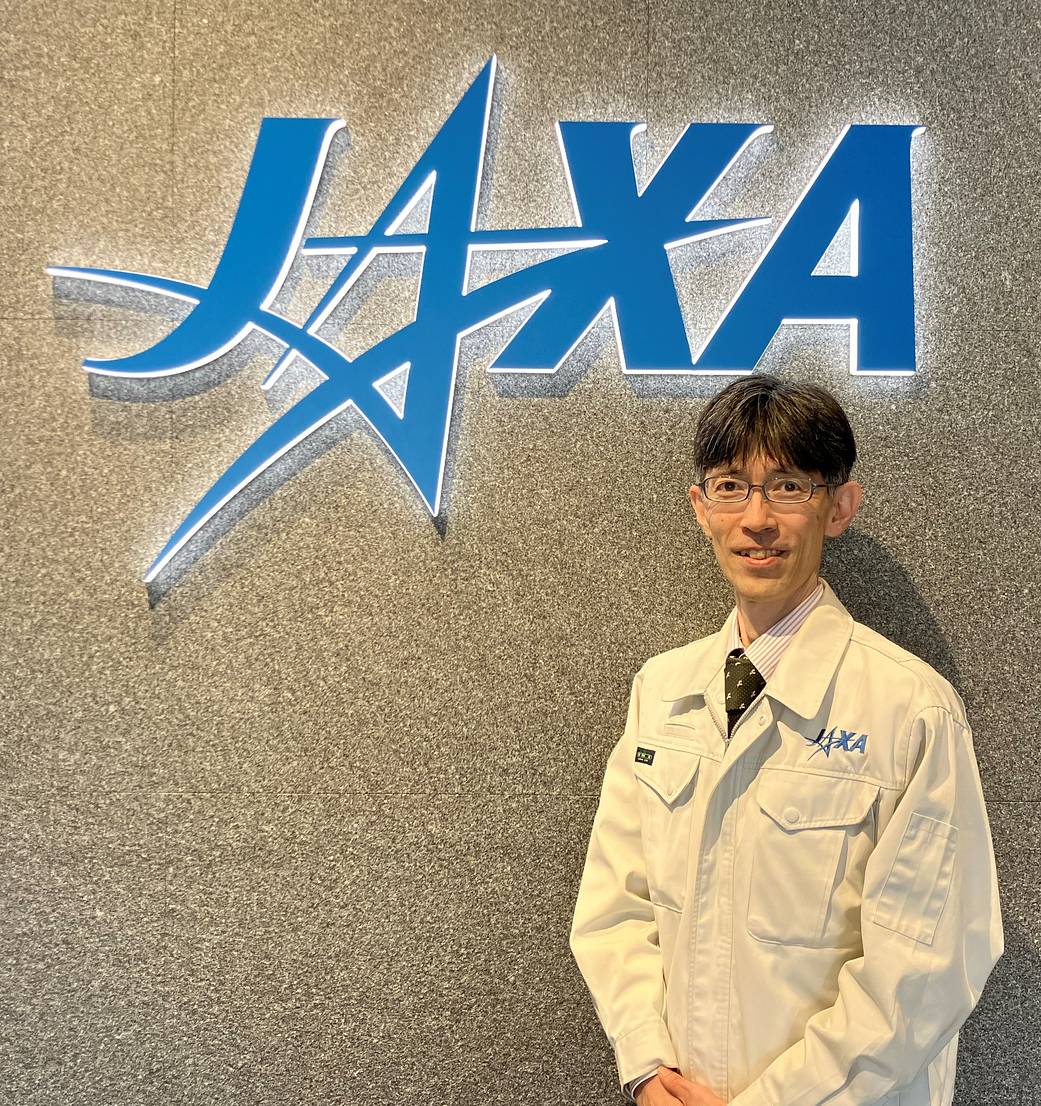Building a space station – whether a floating laboratory 250 miles above the surface of the Earth, or a Moon-orbiting outpost in deep space – requires some important things. For Norihito Tsuji of Japan Aerospace Exploration Agency (JAXA), international partnership is a critical tool for achieving humanity’s goals in space, right alongside sound engineering, mission design, and reliable spacecraft.
After spending most of his career supporting the International Space Station (ISS) in low-Earth orbit, including preparing and conducting integration testing for the International Space Station’s Kibo (“Hope” in Japanese) module, Tsuji is uniquely positioned to leverage relationships and years of experience from one space station to help build another – Gateway, humanity’s first space station around the Moon.
“International collaboration is a key to human spaceflight success,” Tsuji said. “Bringing each partner’s experience, including experiences built from the International Space Station, which has operated for more than two decades, will allow us to tackle difficult obstacles and achieve an ambitious goal of building a new space station around the Moon.”
Tsuji is now project manager for JAXA’s Lunar Gateway Habitation Project Team, where he is responsible for designing, developing, and ensuring functionality of the environment control and life support systems that JAXA is providing for Gateway’s International Habitation module (I-HAB). He is also responsible for collaborating with international partners and leading Japanese manufacturers to integrate these life support systems into I-HAB, European Space Agency (ESA)’s contribution to Gateway that will enhance capabilities and allow Artemis astronauts, including JAXA’s, to live, work, and conduct research in I-HAB. JAXA will also provide internal and external cameras, pumps for active thermal controls systems, and batteries for the lunar space station.
“It’s exciting and an honor to work with some of the best engineers in the world that have a deep passion of space exploration,” said Tsuji. “I look forward to seeing Gateway orbit the Moon one day – I’ll not only see my work shine, but all the work of everyone who has worked on Gateway as well.”
Tsuji received his Bachelor of Science degree in aeronautical and astronautical engineering and a Master of Science in aeronautics and astronautics from the University of Washington in Seattle.
In his spare time, Tsuji enjoys playing table tennis and the piano. Growing up in Kyoto, Japan, Tsuji now resides in Ibaraki, northeast of Tokyo, with his wife and two children.
“My family is very supportive of my work on Gateway, and they think it’s great that I’m working with NASA and play a critical role in the mission to the return to the Moon.”
The Gateway Program is an international collaboration to establish humanity’s first space station around the Moon, an essential element of NASA’s Artemis missions. Gateway will host many capabilities for sustained exploration and research in deep space, including docking ports for a variety of visiting spacecraft, space for crew to live and work, and on-board science investigations to study heliophysics, human health, and life sciences, among other areas. Gateway will be a critical platform for developing technology and capabilities to support future Mars exploration.
Learn more about Gateway: https://www.nasa.gov/gateway



























